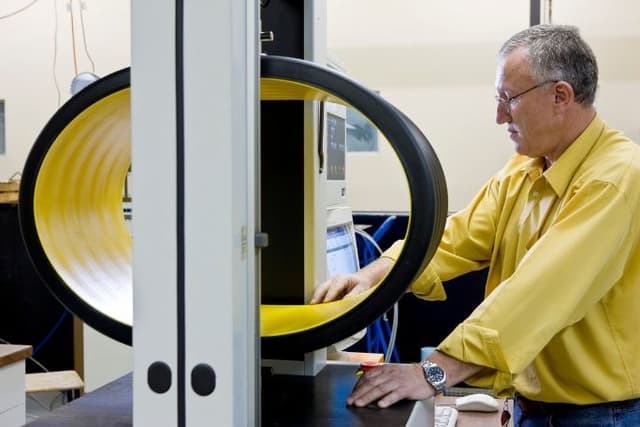
Testing the Best Materials for a Pipe
Lesson8 of 10 in this unit
PrimaryYear 5 - 6TechnologyDesign and TechnologiesEconomicDesign ThinkingIndustry, Innovation and InfrastructureTechnology
Summary
Lesson guides and printables
Lesson Plan

Teacher Content Info
